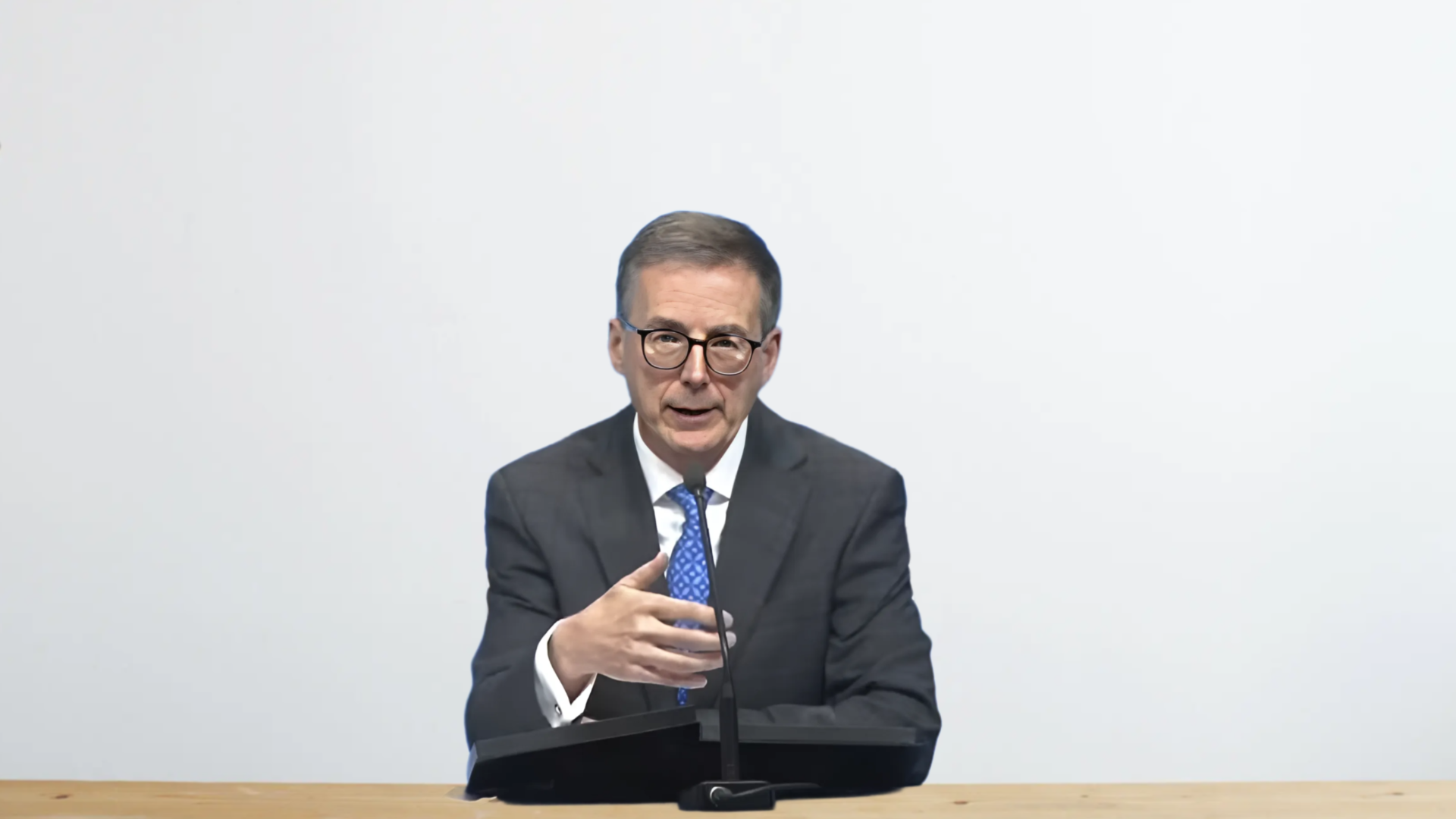The Bank of Canada has made a widely anticipated adjustment to its monetary policy by reducing its policy rate to 4.5 per cent from 4.75 per cent. This marks the second consecutive rate cut since June, following a prolonged period of rate hikes aimed at curbing inflation. Governor Tiff Macklem, alongside Senior Deputy Governor Carolyn Rogers, addressed the media in Ottawa to provide insights into the central bank’s decisions and the implications for the Canadian economy.
Governor Macklem emphasized that the decision to lower the policy rate was influenced by the need to provide relief to Canadian households and stimulate economic growth. “We’re not on a predetermined path; we’re taking it one step at a time,” Macklem stated, highlighting the central bank’s cautious approach to monetary policy adjustments.
Macklem noted that while household sentiment had weakened, it had recently shown signs of stabilization. The rate cut, he explained, was expected to foster an improvement in economic sentiment and support job growth. “We do want to see growth pick up and job growth strengthen,” Macklem said, adding that there are compelling reasons to believe that the rate cut will contribute positively to these goals.
The Governor also addressed inflation expectations, noting that Canadians’ expectations on inflation were starting to decline after being persistently high. This, he said, was an encouraging sign that monetary policy measures were taking effect. However, Macklem acknowledged the challenges faced by Canadians due to higher price levels, particularly in essential areas such as groceries. “Even when inflation comes back to target, price levels are higher, and groceries are more expensive,” he noted, underscoring the ongoing financial pressures on households.
In response to a question about the influence of other central banks, particularly the Federal Reserve in the United States, Macklem clarified that the Bank of Canada’s decisions are primarily driven by domestic conditions. “We have our own monetary policy in Canada, and we are very focused on delivering what Canadians need,” he said. While acknowledging that U.S. monetary policy does have an impact on Canada, Macklem pointed out that the divergence in policy rates between the two countries was manageable and not currently a significant concern.
The recent rate cut comes amid mixed economic data and ongoing debates about the effectiveness of monetary policy in addressing economic challenges. In June, the Bank of Canada lowered its policy rate to 4.75 per cent, marking the first reduction after a series of hikes. At that time, Canada’s total CPI inflation rate was at 2.7%, the lowest in three years, aligning with the central bank’s target range. Core measures of inflation, such as CPI-trim and CPI-median, also indicated stabilization, with rates at 2.9% and 2.6% respectively.
Despite these positive inflation metrics, Canada’s GDP growth has been sluggish. The economy grew by a modest 0.4% in the first quarter of 2024, following no growth in the previous quarter, bringing Canada perilously close to a technical recession. This slow growth, driven by higher household spending on services but tempered by slower inventory accumulations, has raised concerns about the effectiveness of rate cuts in spurring significant economic recovery.
During the press conference, Macklem and Rogers addressed several questions from reporters, touching on issues such as unemployment, debt servicing costs, and fiscal policy. Macklem acknowledged that certain segments of the Canadian population were experiencing recession-like conditions due to unemployment. However, he defended the timing of the rate cuts, stating, “We are comfortable with where rates are. We still need monetary policy to be somewhat restrictive to bring inflation back to target.”
Rogers added that household debt servicing costs remain a potential risk to economic growth, particularly as mortgage renewals and higher debt payments could dampen household consumption. However, she expressed confidence in the resilience of Canadian households, citing precautionary savings and planning for mortgage renewals as mitigating factors.
Looking ahead, Macklem indicated that further rate cuts are possible if economic conditions evolve in line with the central bank’s forecast. “It’s reasonable to expect further cuts in our policy interest rate,” he said. However, he emphasized the need for a balanced approach to ensure that inflation continues to move towards the target.
The press conference concluded with Macklem and Rogers reiterating their commitment to monitoring economic developments closely and making data-driven decisions to support the Canadian economy. “We are increasingly confident that the ingredients are in place to bring inflation back to target,” Macklem affirmed, while also acknowledging the challenges and uncertainties that lie ahead.
In summary, the Bank of Canada’s decision to lower its policy rate to 4.5 per cent reflects a strategic move to support economic growth and ease financial pressures on households. The effectiveness of this monetary policy adjustment, however, remains a topic of debate among economists, with some questioning whether the rate cuts will be sufficient to counteract the slow economic growth and financial challenges faced by Canadians. As Canadians await the tangible impacts of these decisions, the central bank’s efforts to preserve economic stability and growth will continue to be closely scrutinized.

